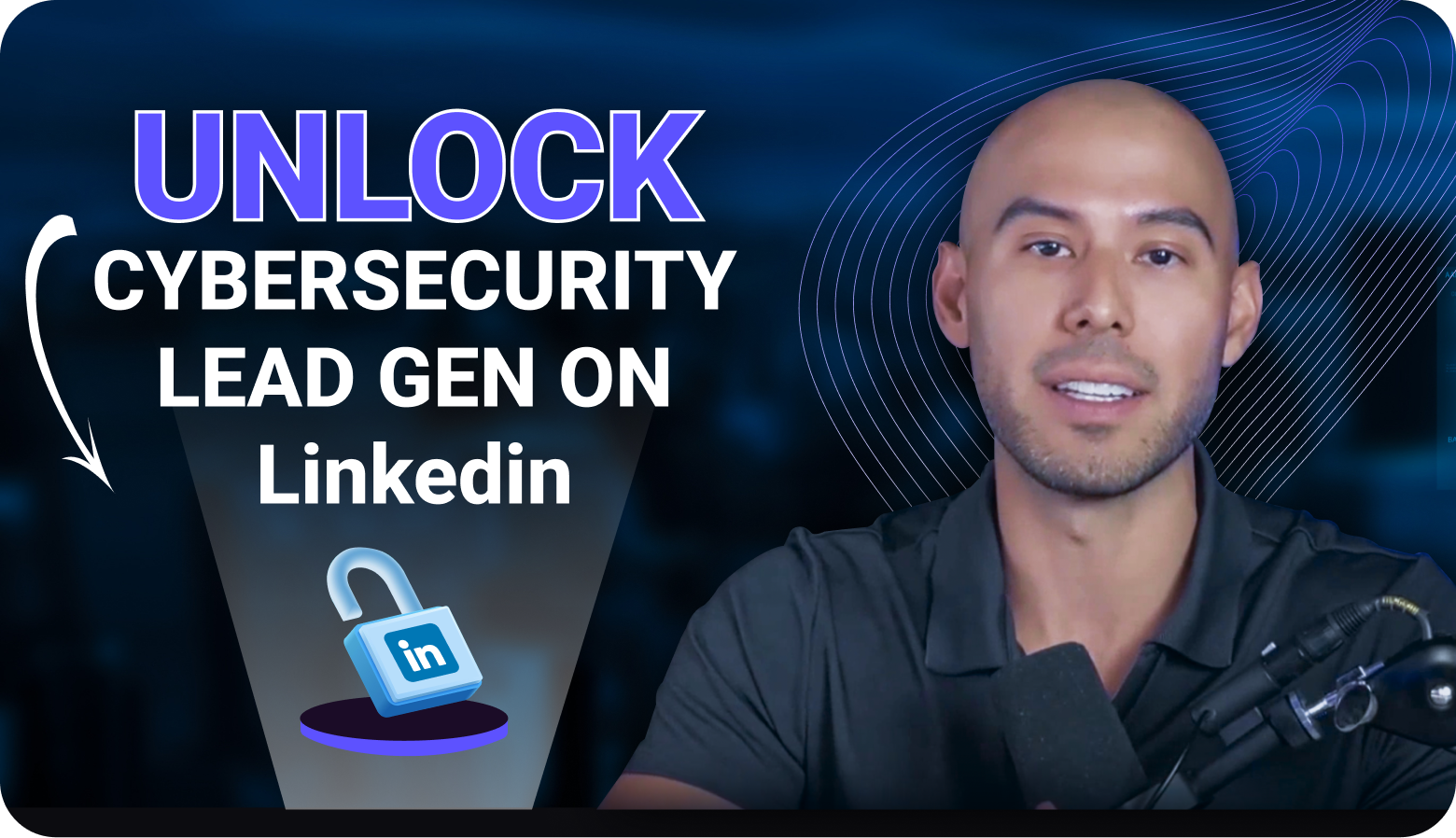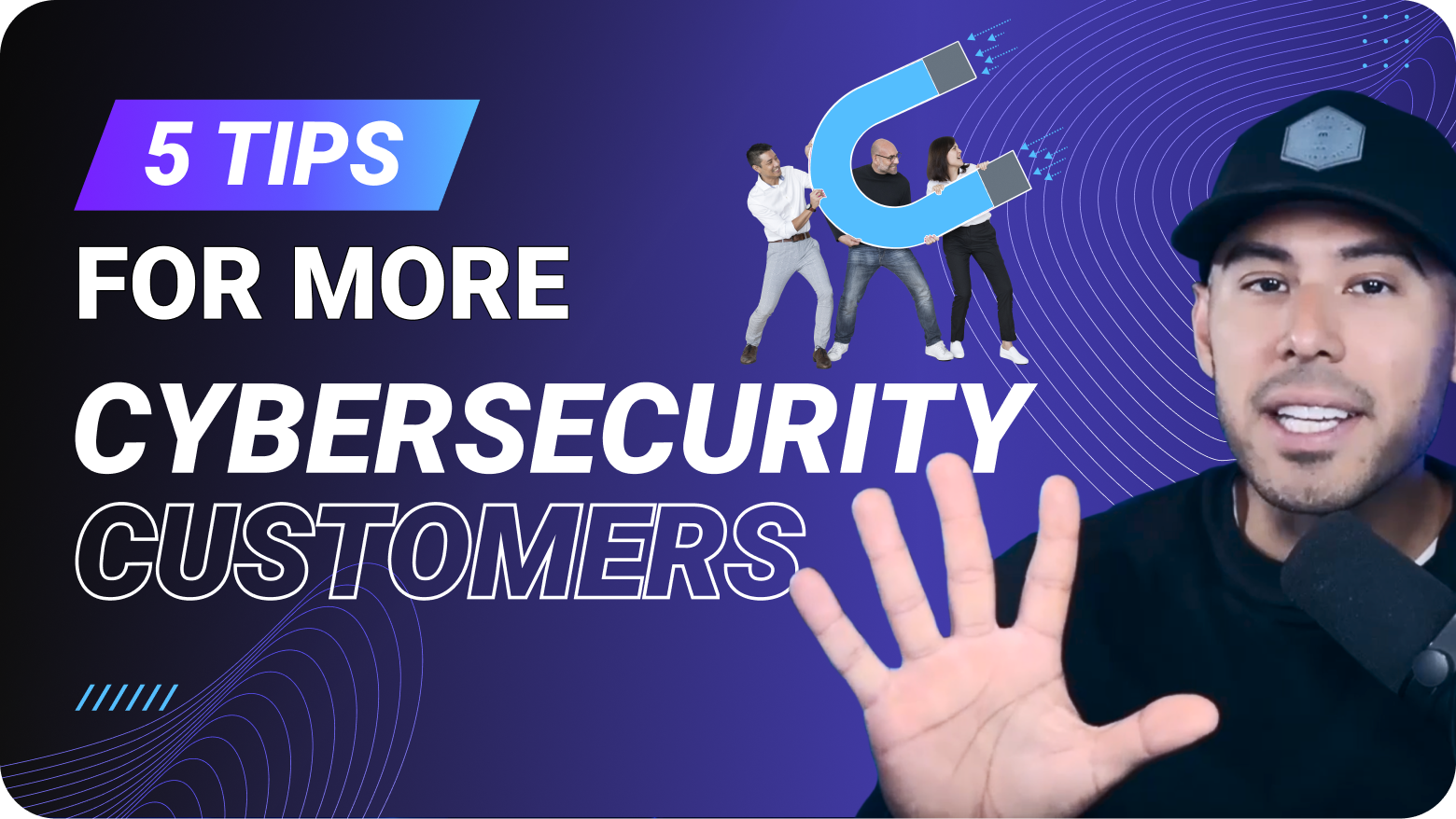In the ever-evolving cybersecurity landscape, privacy transcends being a mere buzzword; it’s the foundation of trust and credibility. Recent advancements, notably Google’s Privacy Sandbox, have significantly altered the marketing attribution scene, presenting a mix of challenges and opportunities for cybersecurity marketers. This shift is not just a trend but a pivotal transformation in the field.
Decoding the Privacy Sandbox Initiative
Google’s Privacy Sandbox is a revolutionary initiative aimed at forging a web ecosystem where privacy is the default setting. This bold move is phasing out third-party cookies, which have been integral to digital marketing attribution for years. For cybersecurity companies, this development enhances already rigorous privacy protocols, making traditional attribution methods nearly obsolete.
First-Party vs. Third-Party Cookies: A Critical Shift
The core of this change lies in understanding the difference between first-party and third-party cookies. First-party cookies, generated by the website you visit, are crucial for a seamless user experience, maintaining user preferences and site functionality. In contrast, third-party cookies, set by external entities, are predominantly used for tracking and advertising purposes. With the gradual elimination of third-party cookies, the focus is now squarely on leveraging first-party cookies for marketing attribution.
LinkedIn: The New Frontier for Cybersecurity Marketing
In this altered digital landscape, platforms like LinkedIn are becoming indispensable for first-party tracking. As a professional network, LinkedIn offers an ideal environment for fostering genuine engagement and retargeting opportunities, thus providing invaluable insights into user behavior and preferences.
Harnessing the Power of Video Content on LinkedIn
Imagine creating a suite of educational videos tailored to your cybersecurity business. These aren’t mere informational pieces; they’re central to your LinkedIn marketing strategy. By tapping into LinkedIn’s sophisticated targeting capabilities, your videos can effectively reach and resonate with your target audience, opening up avenues for deeper engagement and strategic retargeting.
The Strategic Advantage of Retargeting and Precise Attribution
Every interaction with your video content on LinkedIn serves as a crucial data point. This information is key to retargeting efforts, enabling you to engage further with interested individuals through more tailored content or direct calls to action. This journey, from initial engagement to conversion, is now more trackable and attributable, thanks to platforms like LinkedIn and tools like Leadfeeder.
Navigating the Post-Cookie Marketing Landscape
The transition to first-party data is laden with challenges but is also ripe with opportunities. By leveraging platforms like LinkedIn and utilizing tools like Leadfeeder and Harshly, your firm can adeptly navigate the complexities of marketing attribution in this new era.
Actionable Strategies for Cybersecurity Firms:
- Comprehensive Attribution Model Audit: Deep dive into your current models to identify key data sources and gaps.
- Commitment to First-Party Tracking: Migrate to platforms renowned for their first-party tracking capabilities, like LinkedIn.
- Content Strategy Revolution: Implement a diverse mix of engaging videos, webinars, and interactive content to enhance brand visibility and user engagement.
- Data-Driven Strategy Refinement: Regularly analyze your strategies, leveraging real-time data to ensure they are aligned with your attribution goals.
The Way Forward: Adaptation for Attribution Success
In the rapidly changing domain of cybersecurity marketing, adaptation is not merely beneficial—it’s imperative. Embracing the shift to first-party tracking and enriching your content strategy, particularly with video content, positions your firm to effectively meet the challenges of this new marketing landscape.
Why Video Content Is More Than Just a Medium
Video content is a potent tool in the cybersecurity marketing arsenal. It’s a compelling way to convey complex cybersecurity concepts with clarity and engagement. Studies show that people retain up to 95% of a message when they watch it in a video, compared to just 10% when reading it in text. Integrating video into your marketing strategy not only diversifies your content but also opens up new avenues for first-party tracking and accurate attribution.
Join Our Community
For more insights, join our “Cybersecurity Marketing and Sales Insiders” group on LinkedIn. We’re offering two free iPads to two of the first 100 members! Also, schedule time with us to learn how to leverage video content for branded searches and discover frameworks tested with numerous cybersecurity providers.


